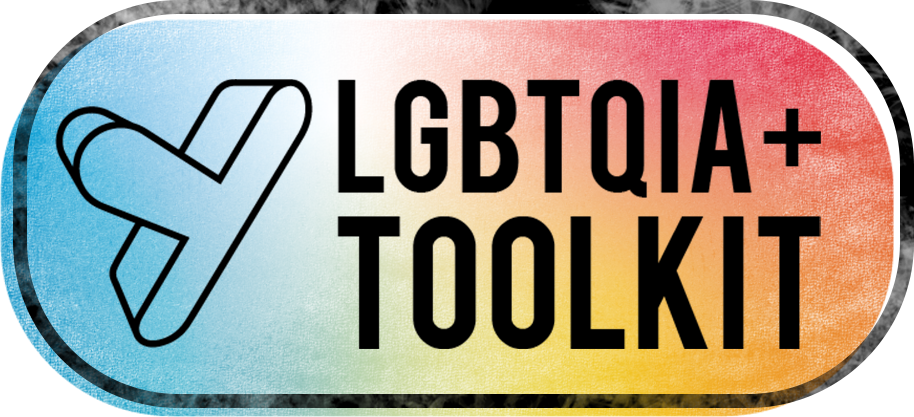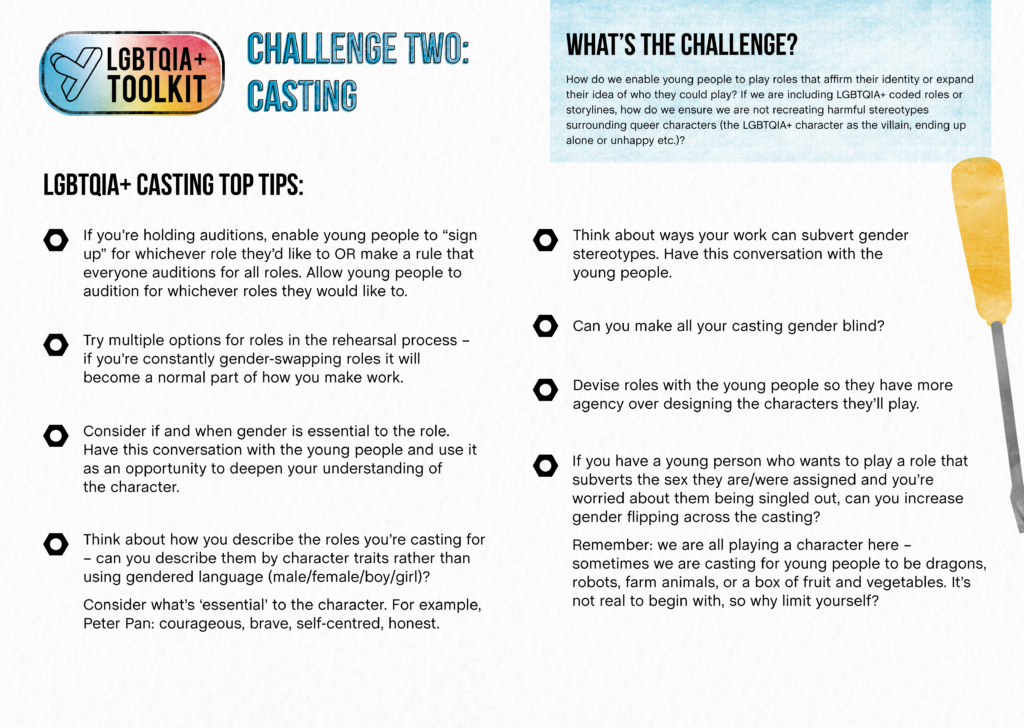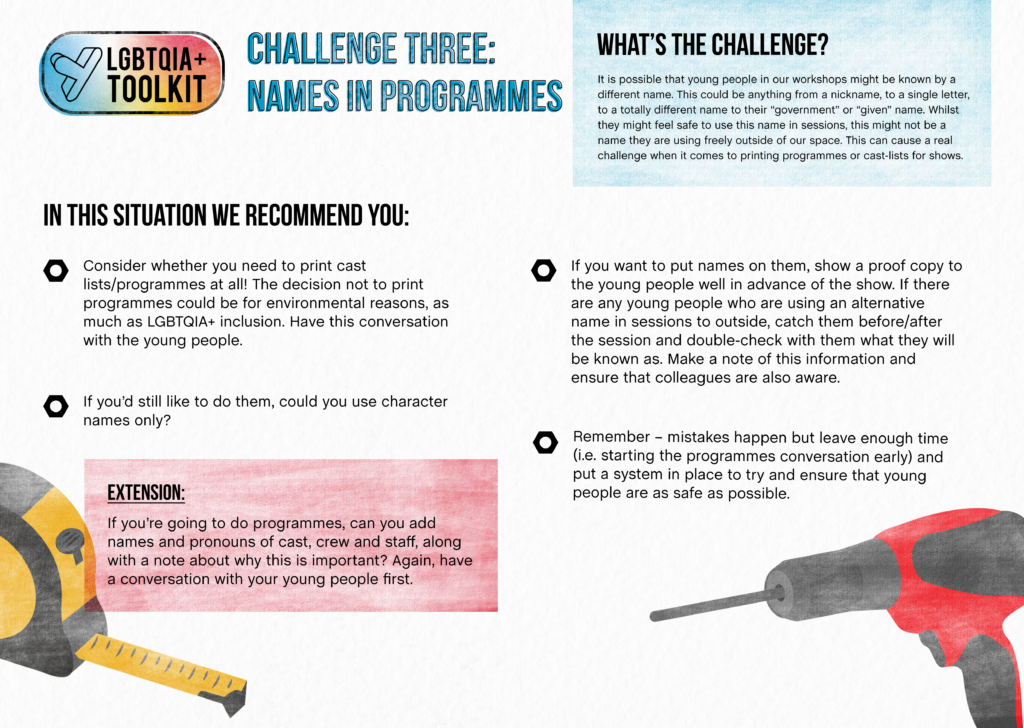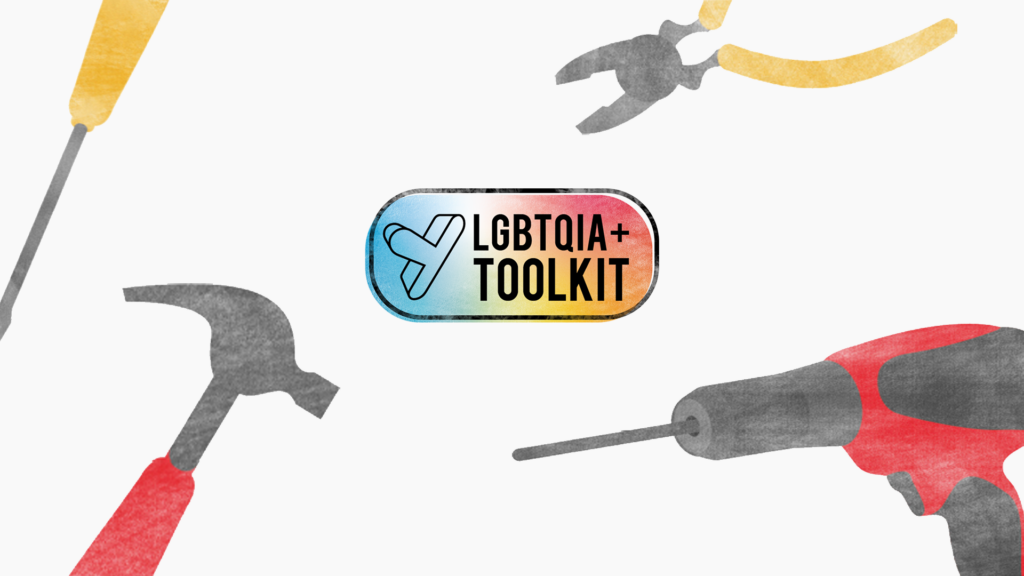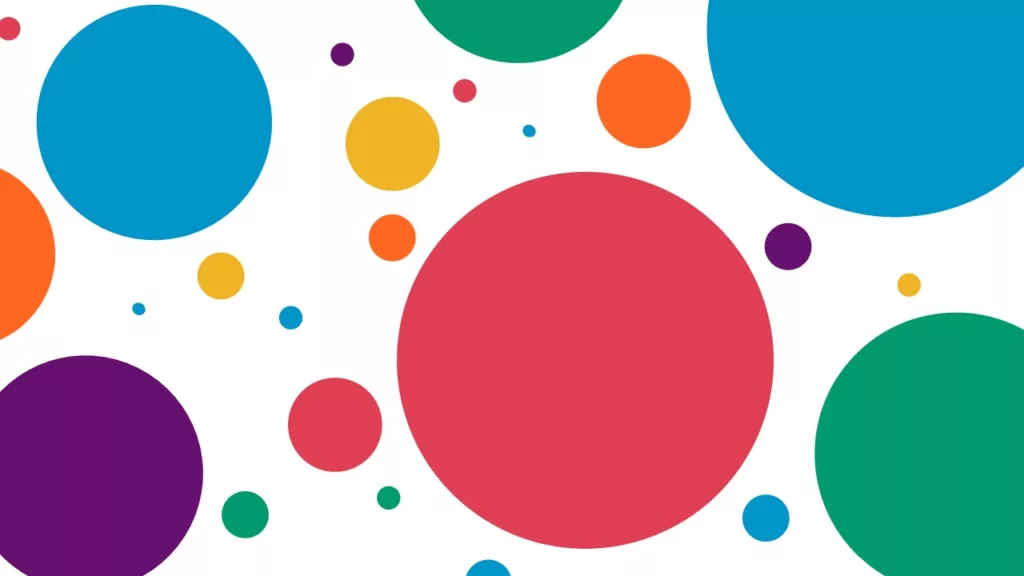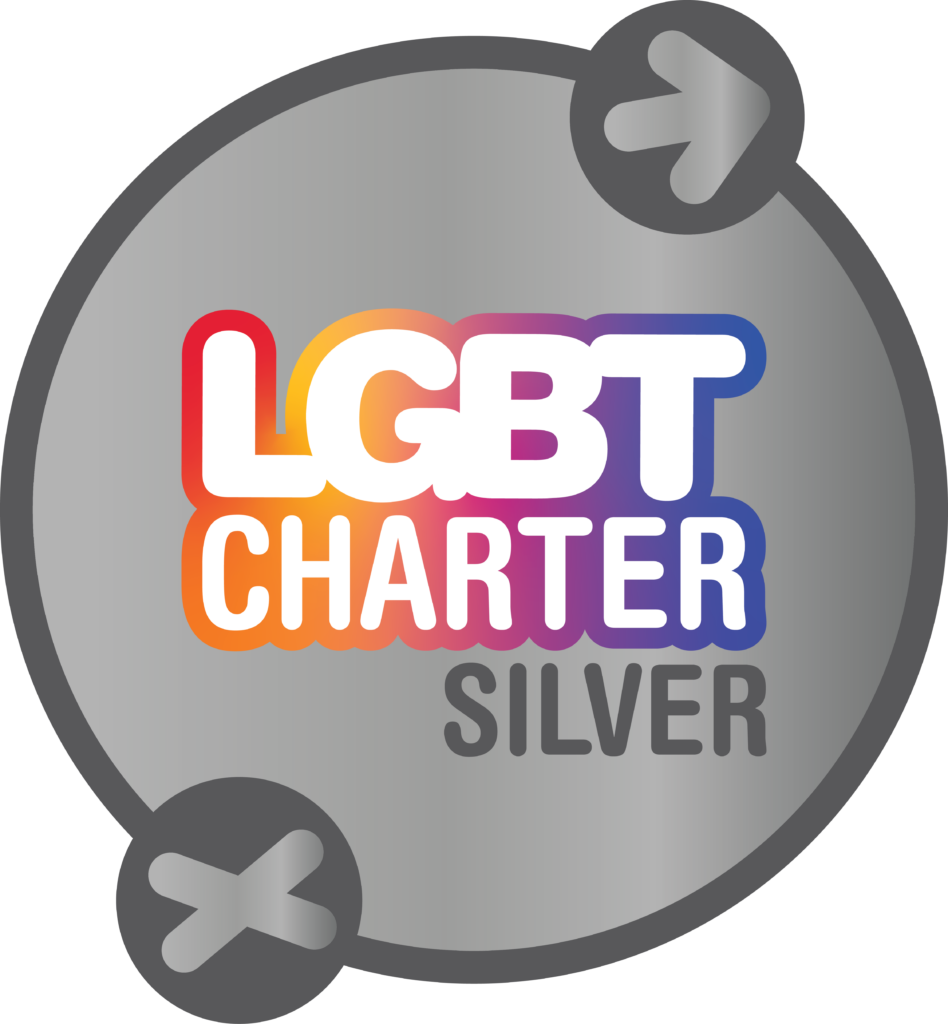We asked our Practitioners’ Working Group to toolbox four of the most likely challenges for practitioners around LGBTQIA+ issues in youth theatre settings, alongside some helpful tips on how to approach common scenarios. Here are the approaches they recommended.
We’ve added a downloadable version of all of these posters at the end, for you to keep.
